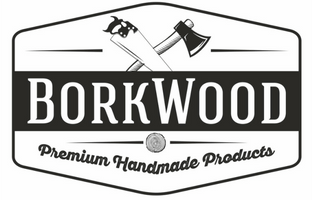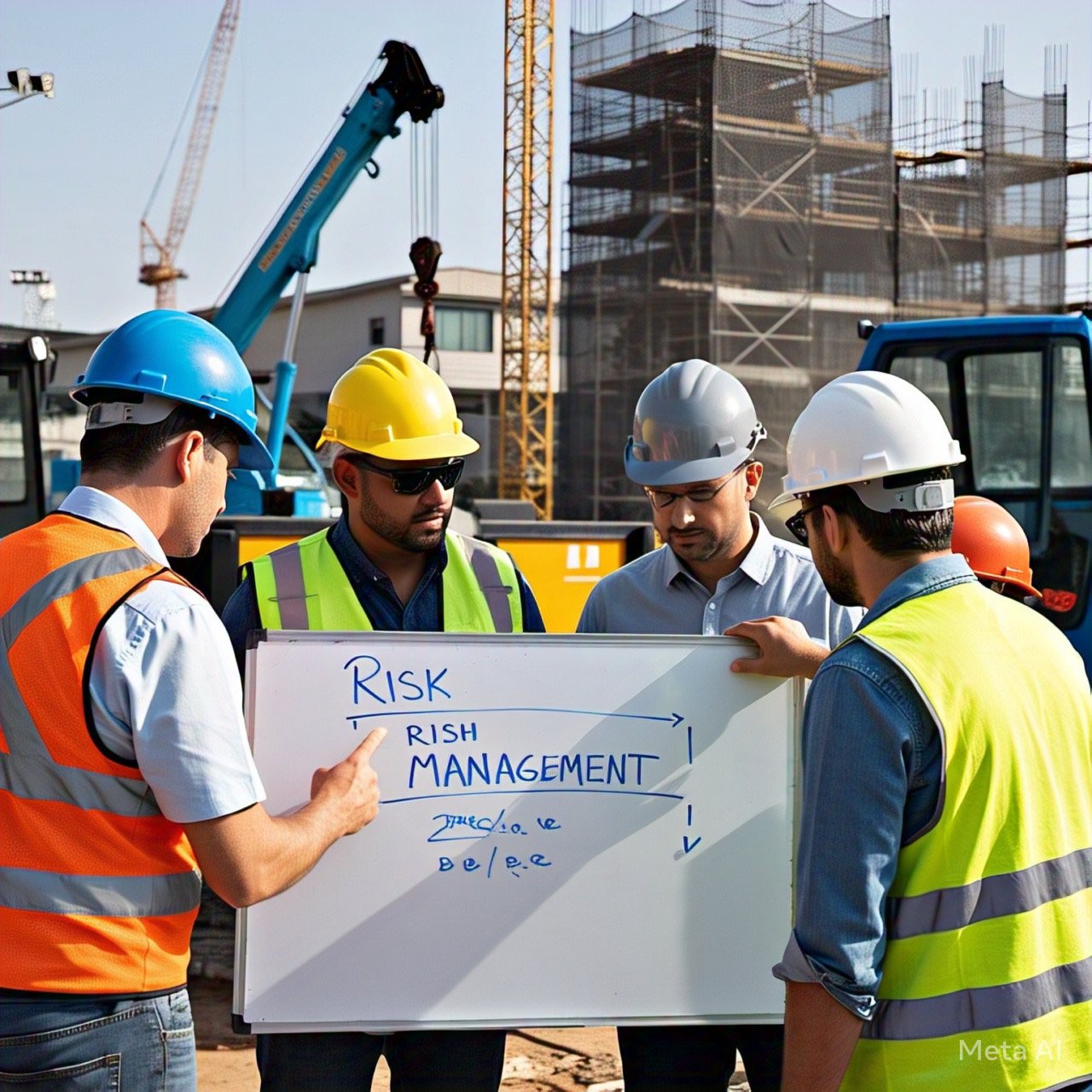7 Risk Management Strategies for Construction Projects
Construction projects are complex undertakings, often involving multiple stakeholders, extensive timelines, and significant financial investment. These complexities bring unique challenges, including safety issues, cost overruns, and scheduling delays. The key to minimizing these risks lies in effective construction risk management a proactive approach to identifying, evaluating, and addressing potential issues before they escalate.
By adopting proven risk management strategies, construction teams can streamline operations, boost efficiency, and improve project outcomes.
Below, we’ll explore actionable strategies to help mitigate risks and set your construction projects up for success.
What is construction risk management?
Construction risk management is the process of proactively identifying, evaluating, and resolving risks that could negatively impact a project. From financial instability to unforeseen environmental conditions, projects are inherently exposed to risk at every stage. By putting a structured plan in place, teams can move from reactive problem-solving to proactive decision-making that keeps projects on time and within budget.
To learn more about implementing a tailored construction risk management approach, visit the link for the complete guide.
Why risk management is essential in construction
Ignoring project risks leads to costly issues like delays, disputes, and inefficiencies. A clear risk management strategy helps project teams maintain control by proactively prioritizing and addressing issues. Here are the main benefits of construction risk management:
- Reduced costs: By identifying potential risks upfront, teams can save money by avoiding costly errors.
- Improved safety: A focus on risk management ensures the well-being of workers by addressing potential hazards before they occur.
- Enhanced transparency: Keeping all stakeholders informed helps mitigate disputes and ensures alignment on project goals.
- Project success: Proactive risk management leads to better planning, reduced surprises, and smoother execution, which enhances the likelihood of project success.
Now, let’s get into the seven strategies to manage construction risks effectively.
1. Conduct thorough risk assessments
The first step in managing construction risks is identifying them. Start by conducting a risk assessment at the planning stage. Use historical data and schedule analysis to anticipate potential issues.
- Evaluate financial risks: For example, are material costs subject to fluctuation?
- Analyze schedule viability: Are task durations realistic? Is there enough buffer for delays?
- Assess environmental impact: Consider potential site conditions or the effects of adverse weather.
You can avoid surprises when work is underway by scrutinizing the project from all angles. Many advanced tools, such as scheduling software, make it easier to visualize and assess risks early on.
2. Develop a risk management plan
A risk management plan is a proactive road map for mitigating potential risks. Once risks are identified, classify them by their severity and likelihood. Then, decide how to handle each one:
- Mitigation: Reduce the likelihood or impact of risks.
- Transference: Pass the risk on to subcontractors or insurers.
- Acceptance: For low-impact risks, take no action beyond monitoring.
Include contingency measures for high-priority risks to ensure resources are available when needed. A plan only works when it’s actionable and adaptable, so regularly review and update it throughout the project.
3. Leverage data analytics for insight
Modern data analytics tools are transforming how risks are managed by turning raw construction schedule data into actionable insights. With tools that track changes, identify trends, and analyze “what-if” scenarios, teams gain a competitive advantage.
- Use predictive analytics to recognize patterns of delays or inefficiencies across projects.
- Identify trade stacking, unrealistic forecasts, or bottlenecks before they jeopardize the timeline.
- Monitor real-time project health with dashboards that highlight anomalies.
When construction risk management is driven by analytics, teams can move quickly, addressing risks before they spiral into greater challenges.
4. Ensure clear communication among stakeholders
Miscommunication or lack of collaboration among project teams often leads to preventable risks, such as delays and budget overruns.
- Foster open dialogue between developers, general contractors, and subcontractors.
- Use centralized platforms to maintain transparency and give all stakeholders access to updated schedules and risk plans.
- Conduct regular meetings to assess risk and adjust strategies when necessary.
Aligning team members ensures everyone understands the risks and their role in mitigating them.
5. Focus on safety measures
Safety is a significant risk on construction sites, but it’s also one of the most preventable. Implement the following measures to ensure a safer working environment:
- Perform regular site inspections: Address hazards before they lead to injuries.
- Train your workforce: Ensure employees are knowledgeable about safety protocols.
- Provide adequate PPE: Supply helmets, vests, gloves, and other forms of personal protective equipment for workers.
Focusing on safety reduces delays caused by accidents and demonstrates your commitment to employee well-being.
6. Monitor risks continuously
Risk management doesn’t stop once the project begins. Monitoring is critical to staying ahead of potential issues.
- Track risks identified during the planning phase to ensure mitigation strategies are effective.
- Measure project performance against forecasts, flagging deviations in real time.
- Use dynamic reporting tools to maintain visibility into all aspects of your project.
Continuous monitoring mitigates existing risks and helps identify new potential issues as they arise.
7. Review and learn from completed projects
Once a project concludes, conduct a post-project review to analyze what worked and what didn’t. Identify recurring risks across your portfolio and refine your processes to avoid them in the future.
- Did a specific subcontractor contribute to delays?
- Were environmental factors frequently underestimated?
- How effective were the risk mitigation steps put in place?
Document lessons learned and integrate them into your risk management plan for future initiatives.
Conclusion
Construction projects naturally come with risks, but the way these risks are managed determines the project’s success or failure. By utilizing advanced analytics, maintaining open communication, and continuously monitoring potential risks, teams can transform weaknesses into opportunities for improvement.







